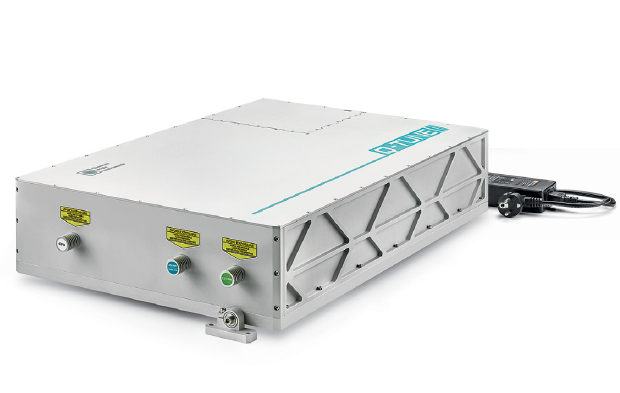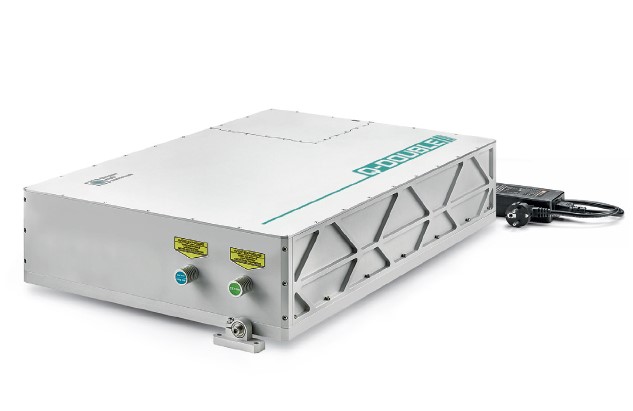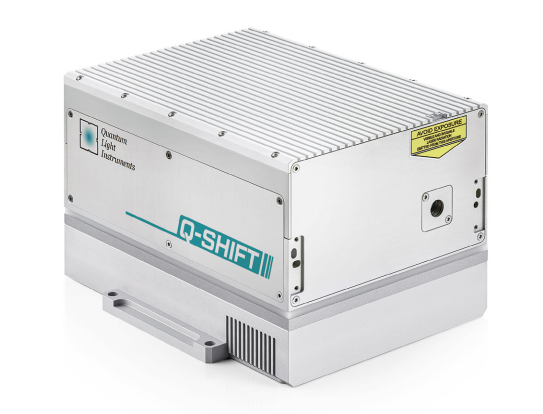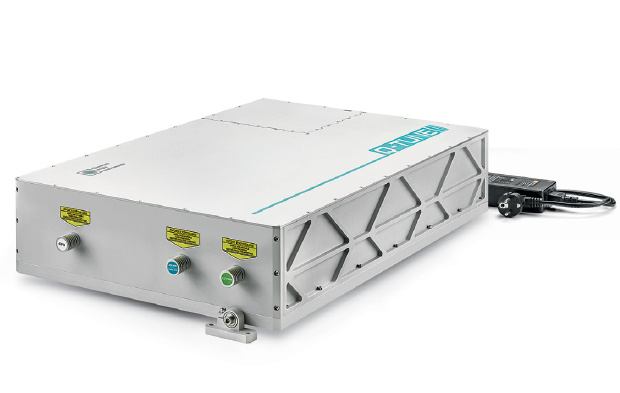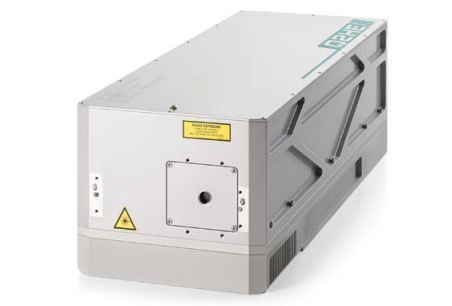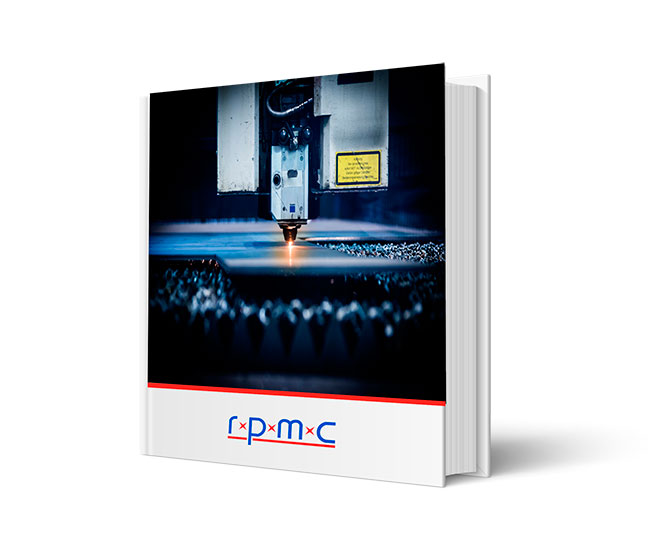Q-TUNE-HR
Tunable DPSS Laser, OPO, ns Pulsed, 750-1800 nm, up to 100 µJ, up to 100 kHz
Key Features:
- Hands-free, automated tuning: 750-1800 nm
- Microprocessor controlled – self-optimization/calibration
- Designed for QLI pump laser
- Adaptable to user-supplied pump laser
- Air-cooled (water-free)
- Remote monitoring, control & diagnostics
- Turnkey performance & User-friendly web interface
- Many options, configurable & customizable
Get help selecting the right configuration for you!
If you do not see exactly what you need, please contact us!
The Q-TUNE-HR series is a high repetition rate OPO producing a tunable wavelength range from ≈ 750 – 1800 nm and up to 100 kHz pulse repetition rate, the perfect coherent light source for micromachining, Raman spectroscopy, microscopy, and remote sensing applications. Q-TUNE-HR requires an external pump source with > 350 μJ pulse energy and 5 – 7 ns FWHM pulse duration @ 532 nm for operation: pulse repetition rate can be in 10 – 100 kHz range and acceptable pump power in the 3.5 – 30 W range. By default OPO is optimized to produce maximum output in 1200 – 1800 nm range (optional: 750 – 950 nm). In addition to the tunable range, the pump laser wavelength is accessible through a convenient bypass port.
We’re experts in selecting the right laser for your application!
Benefits:
- Wide tunable wavelength range of 750-1800 nm and access to the chosen pump laser wavelength provide a spectrum of options for various applications
- Hands-free, automated tuning and user-friendly web interface, which simplifies laser operation and allows remote control from any computer or smart phone browser.
- Repetition rate options of 10, 33, or 100 Hz accommodates various applications for higher flexibility
- Low power consumption and air purging for long lifetime of UV optics, reducing maintenance and operating costs.
- Air-cooled (water-free) design provides convenience and small form factor with minimal maintenance required.
- All electronics integrated into the housing, including an air-cooling system, eliminating the need for chillers or large power supplies, which saves space and simplifies installation.
Don’t hesitate to ask us anything!
Q-TUNE-HR Configuration Table:

Don’t hesitate to ask us anything!
| Wavelength (nm) | |
|---|---|
| Description | Tunable DPSS Laser, OPO, ns Pulsed, 750-1800 nm, up to 100 µJ, up to 100 kHz |
| Type | Pulsed DPSS Lasers, Tunable Lasers, Multi Wavelength, High Peak Power, Turn-Key System, Customizable |

 SHIPS TODAY
SHIPS TODAY 